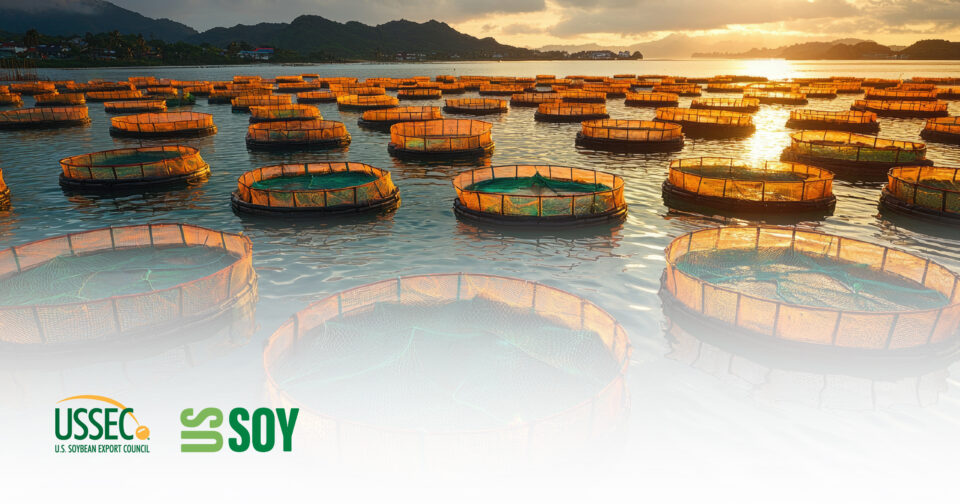
USSEC recently attended the Pakistan Edible Oils Conference (PEOC) and visited customers in Pakistan, in addition to holding Asia Subcontinent (ASC) staff planning meetings in India.
USSEC CEO Jim Sutter and USSEC
Acting ASC Regional Lead and Marketing Director - Animal Nutrition Pam Helmsing traveled to New Delhi and Agra, India and Karachi and Lahore, Pakistan from January 13 – 26. During that time, they met with customers and potential customers of U.S. Soy in Pakistan to hear about their markets and concerns and talk about the value
of U.S. Soy; Mr. Sutter spoke at the PEOC event; and they worked with the ASC team to plan for the execution of existing and future programs.
Mr. Sutter addressed approximately 500 attendees at PEOC, speaking
about the value and sustainability of U.S. Soy.
After the PEOC event, meetings with Pakistani crushers and feed mills took place.
USSEC’s plans in Pakistan include: technical training for the solvent extractor industry; nutritional expertise for the poultry industry; possible assistance with demand building for poultry,
including nutritional information and countering junk
science that says poultry is harmful; possible U.S. Soy oil promotion assistance to position soy
oil as a premium brand; and the possibility of bringing a group to Kansas State University for soybean procurement training through a U.S. Department of Agriculture (USDA) Cochran grant.
Palm and canola currently dominate the oil market in Pakistan, although soybean imports for crush have increased dramatically. The industry recognizes that oil produced with U.S. Soy is lighter in color and has a lower cost of processing than soy from South America. There continues to be a preference for canola and palm, however, because of higher oil contents and consumer preference. Pakistani crushers are very price sensitive. They admit that they are unable to take U.S. Soy and produce as high a quality of soybean meal as can be imported from the U.S. and are anxious to learn how to improve their processes to do so.
Because purchases of soy by individual companies are rather small, purchases are usually made with multiple consignors. This means competitors are getting the same quality at the same price at the same time, which leads to consensus opinions about the quality and/or issues with product from a given country or supplier. This is true for both soybean meal and whole beans. The industry is moving toward some bulk handling.
The feed industry also recognizes the difference in quality between U.S. soybean meal and meal produced locally from U.S. beans. They note that the quality is improving. The feed industry is sophisticated and recognizes the value of U.S. Soy, both intrinsic and extrinsic advantages, and is looking for ways to calculate what premium they can afford to pay for U.S. origin.
The poultry industry has been growing at a rate of eight to ten percent yearly, but there are some plateau years. Profitability is low, with chicken at about two-thirds the price of lentils. The two major barriers to growth in chicken consumption are poverty and misinformation about the quality of poultry meat. The Pakistan Poultry Association is planning a feeding program at a few public schools, providing eggs and chicken legs to children and will collect data to show improvements in health, school attendance and learning.
